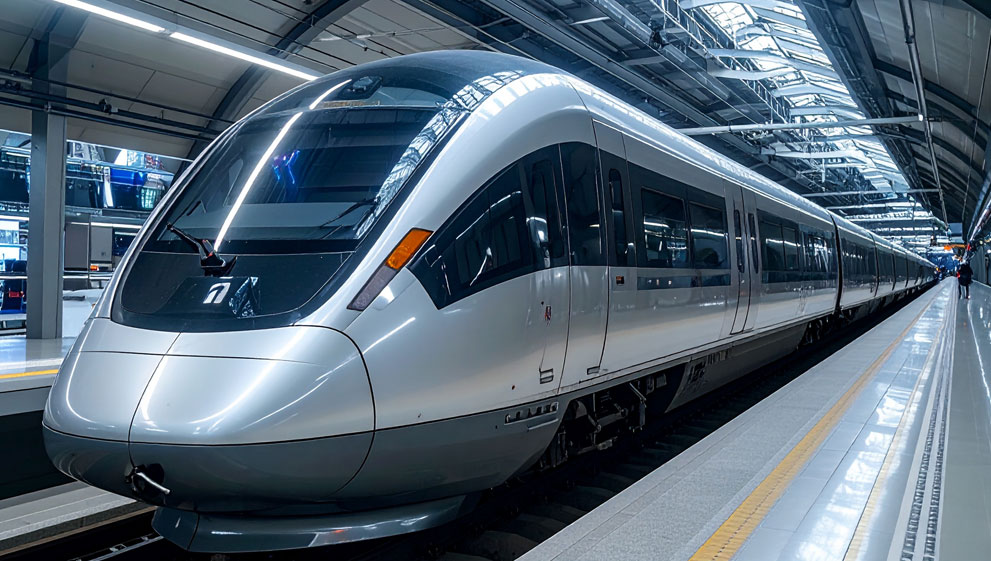In a major step toward sustainable transport, Germany has introduced the world’s first fleet of hydrogen-powered trains, replacing diesel engines on non-electrified rail lines. At the heart of this green innovation is stainless steel, quietly enabling a cleaner future for mobility.
Developed by French manufacturer Alstom, the Coradia iLint made history when it began service in Lower Saxony, Germany in 2018. By 2022, a full fleet of 14 trains was operational, making Germany the first country to fully convert a regional line to zero-emission hydrogen rail. Instead of diesel, these trains run on hydrogen fuel cells, which combine hydrogen and oxygen to generate electricity. The only by-products are water vapor and heat, in contrast to the carbon dioxide and particulate emissions of diesel trains.
Stainless steel is used in several components of the hydrogen trains:
- Hydrogen Storage Tanks
Hydrogen is stored at high pressures (typically 350–700 bar). Stainless steel, especially grades like 316L and duplex stainless, is essential for these tanks due to its high strength, corrosion resistance, and compatibility with hydrogen. It prevents hydrogen embrittlement, a process that can weaken metals over time. - Fuel Cell Enclosures and Pipework
Fuel cells and the supporting hydrogen delivery systems rely on stainless steel for safe, leak-free operation. Its non-reactive surface ensures long-term durability even under variable temperatures and moisture. - Chassis and Structural Elements
Stainless steel is used in the underbody and structural elements to provide lightweight strength, long service life, and resistance to environmental degradation, critical for sustainability and safety.
Each Coradia iLint can save up to 700 tons of CO₂ annually compared to a conventional diesel train. With over 4,000 diesel trains still in use across Europe, the shift to hydrogen trains could have an enormous climate benefit. Lower Saxony alone estimates a reduction of over 4,000 tons of CO₂ per year just by replacing 14 diesel trains with hydrogen ones. Plus, since the trains can be fueled with green hydrogen (produced using renewable energy), the entire system has the potential to become carbon neutral.
The hydrogen trains symbolise more than just a technological upgrade - they reflect a commitment to decarbonising transportation, especially in regions where electrification is costly or impractical. Without stainless steel, this transition wouldn’t be possible. Its properties make it an essential material for modern clean technologies, helping to reduce emissions not only during operation but over decades of service life with minimal maintenance.
We don't make stainless steel trains... but we could help fit one out with stainless steel hand wash basins or stainless-steel recessed vanity sinks! We'd also try and tell you a good train joke, but the punchline might get derailed.
For more train related stories on our website have a look at this past article:
The Pioneer Zephyr - America’s first Stainless Steel Streamline Train
(Image for illustration only and not the train described in the article)
